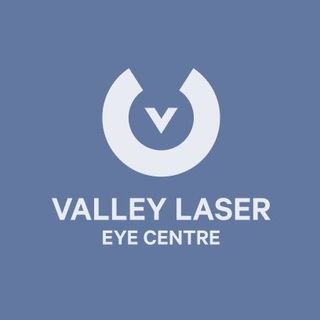Our eyes are what allow us to see what’s around us. As one of the human body’s five senses, our vision is vital because it will enable us to assess our surroundings and react accordingly. Conversely, like any other body part, our eyes can also experience problems and conditions. Among the many issues that our eyes can experience, cataracts are one of the most common.
Cataracts are the clouding of the eye’s lens, which affects the ability to see. Over time, cataracts become very dangerous to one’s eyesight. If left untreated, the clouding of the lens can distort the vision and lead to other eye-related conditions, such as permanent blindness. For this reason, one must know the different signs of cataracts, such as:
#1 – Cloudy Vision
For those that have developed cataracts, cloudy vision is one of the most common early signs. In the early stages of cataract formation, the lens’s clouding is usually blurred, hazy, and can only be seen upon close inspection. This isn’t to say that cloudy vision is unique to cataracts, as changes in vision can also be caused by other issues, like glaucoma and diabetes.
Furthermore, cloudy vision can sometimes be corrected by eye drops that can improve vision. However, in more severe cases, a bluish appearance of the vision can also occur. In such cases, cataract surgery is necessary to prevent permanent vision loss.
#2 – Increased Light Sensitivity
Some people are naturally sensitive to light, but this sensitivity can increase due to cataract formation. The increased light sensitivity is caused by the clouding of the eye’s lens and can make it hard for the person to see in bright areas.
For instance, someone with cataracts may experience difficulty driving at night or have difficulties reading in bright environments. If you notice that you’re having problems seeing in a bright room or driving at night, then cataracts might cause these problems.
#3 – Appearance of Halos and Glare
Another common sign of cataracts is the appearance of halos and glare. In the early stage of cataract formation, halos and glare are usually only seen upon close inspection. However, as the condition progresses, these halos and glare become more apparent to the person suffering from them.
Halos are caused by the lens and appear as a ring around the objects being viewed. Glare, on the other hand, is caused by light entering the eyes and reducing the clarity of the vision.
#4 – Difficulty Seeing at Night
Similar to increased light sensitivity, cataracts can also cause a person difficulty seeing at night. This is because the lens is responsible for focusing light onto the retina, which shows a clearer image. The lens is also responsible for the pupil’s size and allows the retina to adjust to the darkness.
With cataracts, the lens becomes cloudy and can no longer focus light onto the retina. As a result, a person with cataracts may experience poor night vision. This isn’t to say that every person with cataracts has poor night vision, as it also depends on the severity of cataracts.
#5 – Eye Examination Results
An eye exam is the best way to know if you have cataracts. During the eye exam, there are many things that your eye doctor can check to determine if they suspect you have cataracts. One of the most common things is measuring pupil response. Pupil response is measured by shining a light in the eyes and observing how quickly the pupil reacts.
If the pupil takes too long to react, your eye doctor may suspect you have cataracts. Other things that they can test are your ability to see in lights and darkness, as well as dilate your pupils.
Preventing Cataracts
While getting cataracts is a scary thought, there are ways for you to prevent getting them. These include:
- Eat a healthy diet
- Wear sunglasses when needed
- Get regular eye exams
- Avoid sunlight exposure
- Keep your immune system healthy
A common misconception is that cataracts can only be caused by getting old. While a person’s risk of getting cataracts increases as they get older, cataracts are not limited to just older adults. Cataracts can affect people at any age. Because of this, one must take preventative measures aside from knowing the early signs of developing cataracts.
Conclusion
Cataracts can develop in anyone. This is why it’s vital to know the signs to be aware of if you may have cataracts. Knowing these signs gives you a better chance of preventing the onset of cataracts. As cataracts are more common than you think, one must have regular eye exams to check their eye health.
If you’re looking for ophthalmologists in Abbotsford, Valley Laser Eye Centre is the place for you! We understand that impaired vision can negatively impact the quality of life, so our eye specialists will ensure that you get the best care you deserve. Simply go to our website to book a consultation!





